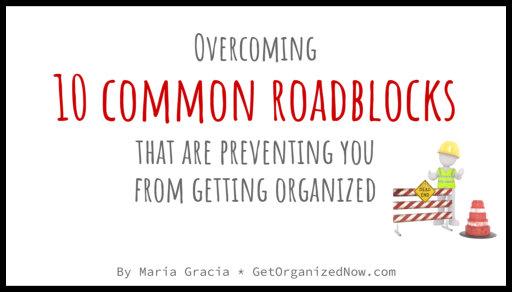It's easy to overlook the small things. A pile of mail left on the kitchen table seems
harmless at first glance. But what if I told you that this seemingly innocuous act sets off a chain reaction leading to a cluttered home?
Think about it for a moment. You come home after a long day, arms laden with bags, keys jangling in your hand. Without a second
thought, you deposit the day's mail on the kitchen table.
It's a temporary resting place, you reassure yourself. But little do you know, this simple act sets a precedent, an unspoken signal that it's acceptable to use the table as a dumping ground for other items
too.
Slowly but surely, the mail pile grows. Letters, bills, magazines, and flyers accumulate, forming a mountain of paper.
Then come the keys, sunglasses, and random knick-knacks—each finding its place atop the growing heap.
Before you know it, the once-clear table surfaceis buried beneath a chaotic assortment of objects.
But why does this happen? How does a single pile of mail transform into a full-blown clutter crisis? The answer lies in human behavior and psychology.
First, there's the psychological phenomenon known
as "priming." When we see one item in a particular location, it primes us to expect similar items to belong there too. In this case, the initial pile of mail primes us to perceive the kitchen table as a suitable spot for miscellaneous items. Once the barrier is broken, it becomes easier to justify adding more objects to the mix.
Second, there's the principle of "visual clutter." Psychologists have long understood that our environment influences our behavior and mental state. A cluttered space can evoke feelings of stress, anxiety, and even guilt. Yet, paradoxically, the presence of clutter often leads to more clutter.
When the kitchen table is already strewn with papers and possessions, the threshold for adding another item decreases. After all, what's one more thing in the midst of chaos?
Moreover, there's the issue of convenience. The kitchen table is a central location in many
homes—a hub for meals, conversation, and daily activities. It's within arm's reach, making it tempting to use as a catch-all for anything we don't want to deal with immediately.
But convenience comes at a cost. What starts as a temporary solution can quickly spiral
out of control.
So, what's the solution? Breaking the cycle of clutter begins with mindfulness and intentionality. Instead of mindlessly dumping items on the kitchen table (or any surface for that matter), make a conscious effort to deal with them promptly.
Designate specific areas for incoming mail, keys, remote controls, and other essentials, keeping the kitchen table clear for its intended
purpose. Cultivate habits that promote organization and cleanliness. Set aside a few minutes each day to tidy up, whether it's sorting through the mail or clearing off the kitchen table. By consistently maintaining order, you'll prevent clutter from taking hold and reclaim control of your living space.
The pile of mail on the kitchen table may seem insignificant, but its implications are far-reaching. What begins as a single stack of papers can quickly snowball into a clutter crisis, impacting both your physical environment and mental well-being.
By understanding the psychological factors at play and adopting proactive strategies, you can prevent clutter from gaining a foothold and create a more harmonious living space for yourself and your family.












